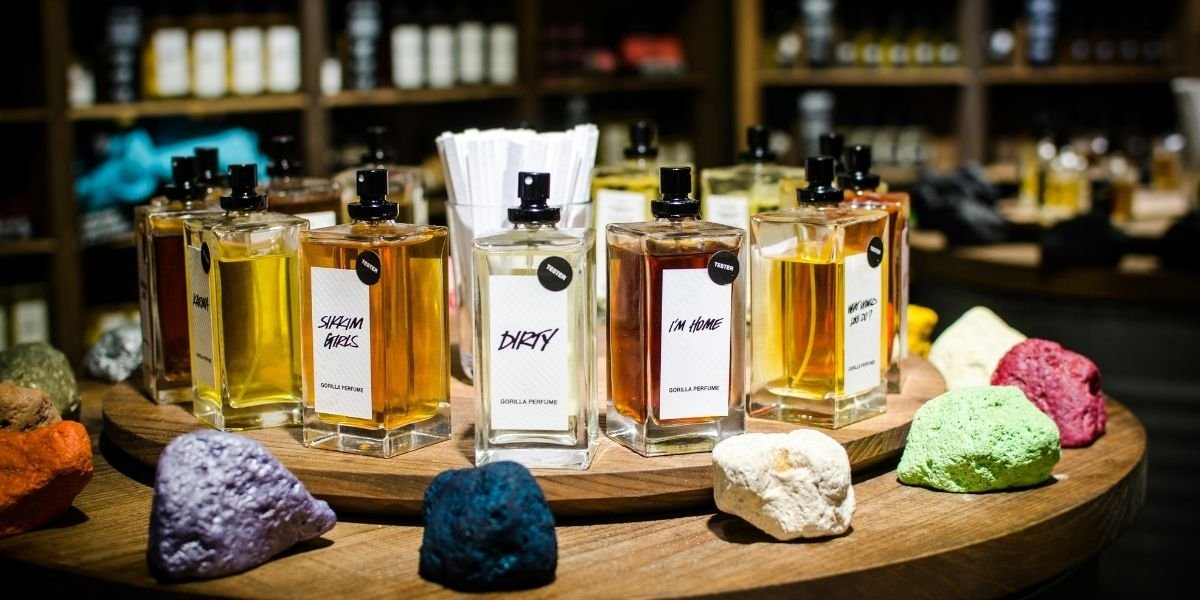Emotions play a crucial role in shaping consumer behavior. Understanding the emotional triggers that brands use can shed light on why certain marketing strategies resonate deeply with customers. Brands that are able to evoke specific emotional responses can foster more meaningful relationships with their audiences. These emotional connections can drive consumer decisions, enhance brand loyalty, and ultimately influence purchasing patterns. But how exactly do brands leverage emotions to form these connections?
Read also: Why Brands Are Rethinking Social Media Spend
How Do Brands Use Trust as an Emotional Trigger?
Trust is often regarded as one of the foundational emotional drivers in consumer relationships. When consumers trust a brand, they tend to feel more secure in their purchase decisions. This emotional connection isn’t formed overnight. It is nurtured over time through consistent product quality, transparent communication, and a commitment to delivering on promises. Brands that demonstrate reliability and integrity in their dealings with customers are generally better positioned to build lasting trust.
A brand that provides clear, honest information about its products or services and addresses concerns promptly is likely to create a stronger emotional bond with its audience. Trust can also be cultivated by showcasing how a brand adheres to its values and principles, particularly in areas that matter to consumers, such as ethical practices or product safety. This bond, when properly established, becomes a significant emotional trigger that can guide purchasing decisions and foster long-term customer loyalty.
Why Do Brands Focus on Feelings of Belonging?
The need to belong is a deeply rooted human emotion, and many brands tap into this by promoting messages of inclusion, shared values, or collective purpose. When customers feel that they are part of a community or group that shares their interests or beliefs, they are more likely to develop an emotional attachment to a brand. This feeling of belonging can take various forms, such as participating in a brand-driven cause or aligning with a brand that reflects personal values or aspirations.
Marketing strategies that emphasize inclusivity or community-building often seek to forge a connection between the brand and its consumers, creating a sense of membership in something larger. This can go beyond purchasing products—it extends to creating a broader sense of purpose and identity. Consumers who feel a sense of belonging are often more engaged with a brand, and they may be more likely to support it long-term, fostering an ongoing emotional attachment.
How Do Brands Use Nostalgia to Evoke Emotion?
Nostalgia is another powerful emotional trigger that brands often leverage in their marketing efforts. By tapping into the fond memories of customers, brands can evoke a sense of warmth and familiarity. This emotional connection may come from the recollection of a previous experience or from associations with past cultural moments that hold sentimental value.
Brands that incorporate elements of nostalgia—whether through the revival of old product designs, familiar jingles, or visual cues from earlier times—may find that these associations help reinforce positive feelings in their audience. Nostalgic marketing can offer consumers a sense of comfort or remind them of simpler times, which can drive both emotional engagement and loyalty. By connecting with consumers’ past experiences, brands create an avenue for forming deeper connections that extend beyond the product itself.
How Do Brands Trigger Fear to Prompt Action?
While fear is often considered a negative emotion, it is frequently used in marketing to drive consumer behavior. Brands can use fear to highlight potential problems or concerns that their products or services can help resolve. One common approach is the use of limited-time offers, which leverage the fear of missing out (FOMO) to prompt quick action. Consumers who feel that they might lose an opportunity are often more inclined to act quickly and make a purchase.
Another way brands use fear is by focusing on potential risks or negative outcomes that consumers may face if they do not use a particular product. This is commonly seen in categories like health and safety, where brands highlight the consequences of neglecting a specific need. However, when using fear as a motivator, brands must ensure that the emotion is appropriately matched with the solution they offer. If overused or misapplied, fear can create unease and diminish consumer trust.
How Do Brands Use Happiness to Build Positive Associations?
Happiness is a universal emotion that brands often aim to trigger in their customers. Marketing strategies that evoke happiness typically focus on creating positive, feel-good experiences, whether through humor, uplifting visuals, or promising a joyful experience. Brands that successfully associate their products with happy moments or positive outcomes are often able to create a lasting emotional connection.
By emphasizing pleasure, satisfaction, or celebration, brands encourage consumers to associate their products or services with positive emotions. This can be particularly effective when brands aim to create a lifestyle image that reflects joy, relaxation, or success. When customers connect happiness with a brand, they are more likely to form an emotional bond that extends to repeated purchases and ongoing brand engagement.
How Do Brands Use Surprise to Capture Attention?
Surprise can be a highly effective emotional trigger that captures consumer attention and fosters engagement. When brands present something unexpected—whether it’s an innovative product feature, a surprising marketing twist, or an unanticipated promotion—they can pique curiosity and create excitement. The element of surprise is often used in marketing campaigns to break through the noise and stand out in a crowded marketplace.
Surprising elements in marketing campaigns, if executed thoughtfully, can create a sense of delight and wonder among consumers. The unexpected nature of the experience can lead to increased word-of-mouth recommendations and social sharing, as people tend to talk about things that surprise them. By strategically using surprise, brands can enhance the emotional impact of their messaging and deepen their connection with their audience.
How Do Brands Use Pride to Strengthen Emotional Bonds?
Pride is a powerful emotional trigger that brands often leverage to foster deeper connections with their customers. When consumers feel proud of their purchase decisions or of their association with a brand, it can reinforce their emotional attachment. Brands that align with causes or ideals that resonate with their audience can elicit feelings of pride in their customers. This can be especially true when brands emphasize positive social impact or encourage consumers to take part in activities that contribute to a greater good.
Brands that promote ethical, environmental, or social values often help their customers feel proud of the choices they make. When consumers believe they are supporting a brand that aligns with their values or helps them make a difference, they are more likely to feel a sense of pride in their support. This emotional connection can translate into increased loyalty and advocacy, as customers take pride in their association with a brand.
How Do Brands Use Anger to Inspire Action?
Although less commonly used than other emotional triggers, anger can be a potent motivator for action. Brands that aim to address social issues, injustices, or problems that consumers care about often invoke anger to prompt a response. This approach is typically seen in advocacy campaigns or movements that highlight issues affecting individuals or communities.
By stirring up feelings of frustration or outrage, brands can inspire consumers to take action, whether that’s by supporting a cause, purchasing a product, or sharing a message with others. However, brands must handle anger carefully, ensuring that it serves a constructive purpose. Anger that feels manipulative or misplaced can damage a brand’s reputation and alienate consumers. Used thoughtfully, though, anger can be an effective emotional trigger that encourages change or raises awareness.
Read also: Personal Branding as an Essential Tool for Entrepreneurs
How Do Brands Use Anticipation to Build Excitement?
Anticipation is a key emotional trigger that brands use to build excitement and consumer interest. By creating a sense of something to look forward to—such as an upcoming product launch, a new collection, or a special event—brands can generate excitement and curiosity. This emotional trigger works by keeping consumers engaged and eager to see what comes next.
Anticipation often involves teasing new offerings or offering sneak peeks, which build suspense and encourage consumers to stay tuned. When executed well, it can foster a sense of urgency, motivating customers to act quickly once the anticipated product or event becomes available.
Emotional triggers are fundamental tools in marketing that help brands connect with consumers on a deeper level. By understanding and utilizing these triggers thoughtfully, brands can foster stronger, more lasting relationships with their customers. Whether through trust, nostalgia, or anticipation, the key lies in aligning emotional engagement with the values and needs of the audience.












